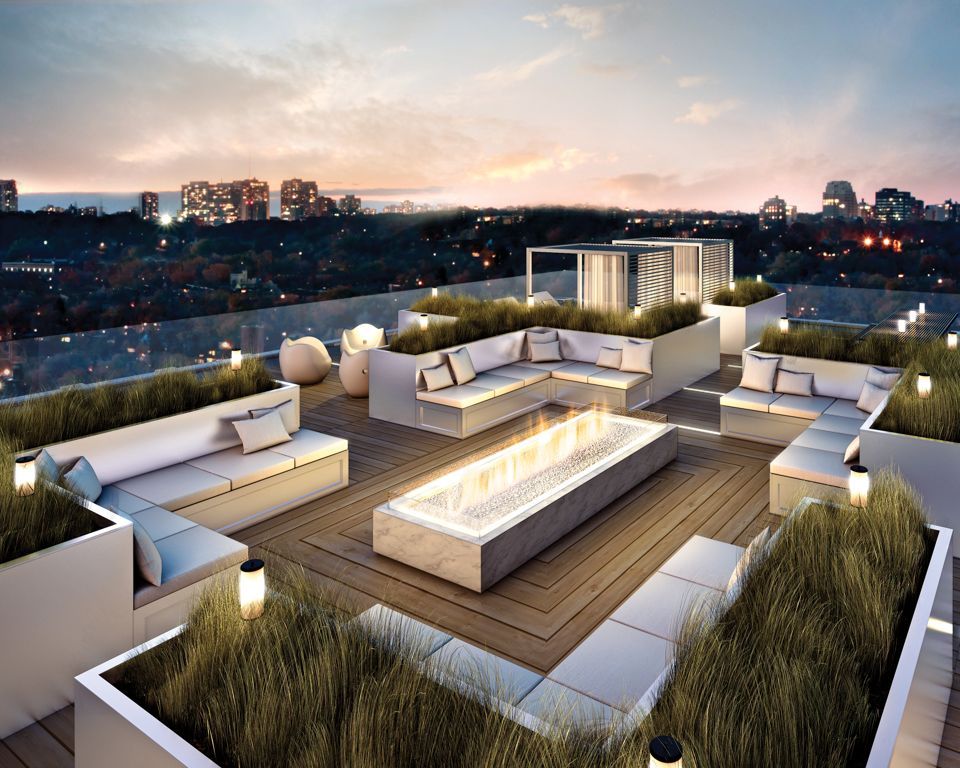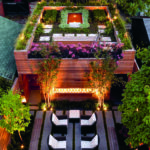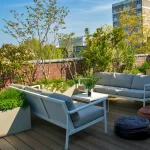Roof gardens are becoming increasingly popular as urban spaces become more densely populated. These gardens offer a unique and creative way to utilize otherwise unused rooftop space while also providing numerous benefits for both individuals and the environment. When designing a roof garden, there are several key factors to consider in order to create a successful and thriving green space.
One of the key considerations in roof garden design is the weight-bearing capacity of the rooftop. Before beginning any design work, it is essential to have a structural engineer assess the strength of the roof to ensure that it can support the weight of soil, plants, and any additional features such as seating areas or water features. This assessment will help determine the types of plants and materials that can be used in the garden, as well as any necessary reinforcement that may be required.
Another important aspect of roof garden design is selecting the right plants for the space. Because rooftop gardens are often exposed to harsh environmental conditions such as wind, sun, and temperature fluctuations, it is important to choose plants that are hardy and able to withstand these challenges. Drought-tolerant plants are typically a good choice for roof gardens, as they require less water and are well-suited to the conditions found on rooftops.
In addition to selecting the right plants, incorporating seating areas and walkways into the design can help create a functional and inviting space for users. By strategically placing benches, tables, and other seating options throughout the garden, individuals can enjoy the beauty and tranquility of the space while also creating opportunities for socializing and relaxation. Walkways lined with plants or decorative elements can also help guide visitors through the garden and create a sense of flow and cohesion.
Lighting is another important consideration in roof garden design, as it can greatly enhance the appearance and usability of the space. Incorporating a mix of ambient, task, and accent lighting can help create a warm and inviting atmosphere, while also ensuring that the garden remains functional after the sun goes down. Solar-powered lights are a sustainable and cost-effective option for roof gardens, as they can help reduce energy consumption and maintenance costs.
Finally, incorporating sustainable practices into roof garden design can help reduce the environmental impact of the space and promote biodiversity. Using permeable paving materials, installing rainwater harvesting systems, and incorporating native plants into the garden are just a few ways to create a more eco-friendly and resilient green space. By designing with sustainability in mind, individuals can not only create a beautiful and functional rooftop garden but also contribute to a healthier and more sustainable urban environment.
















